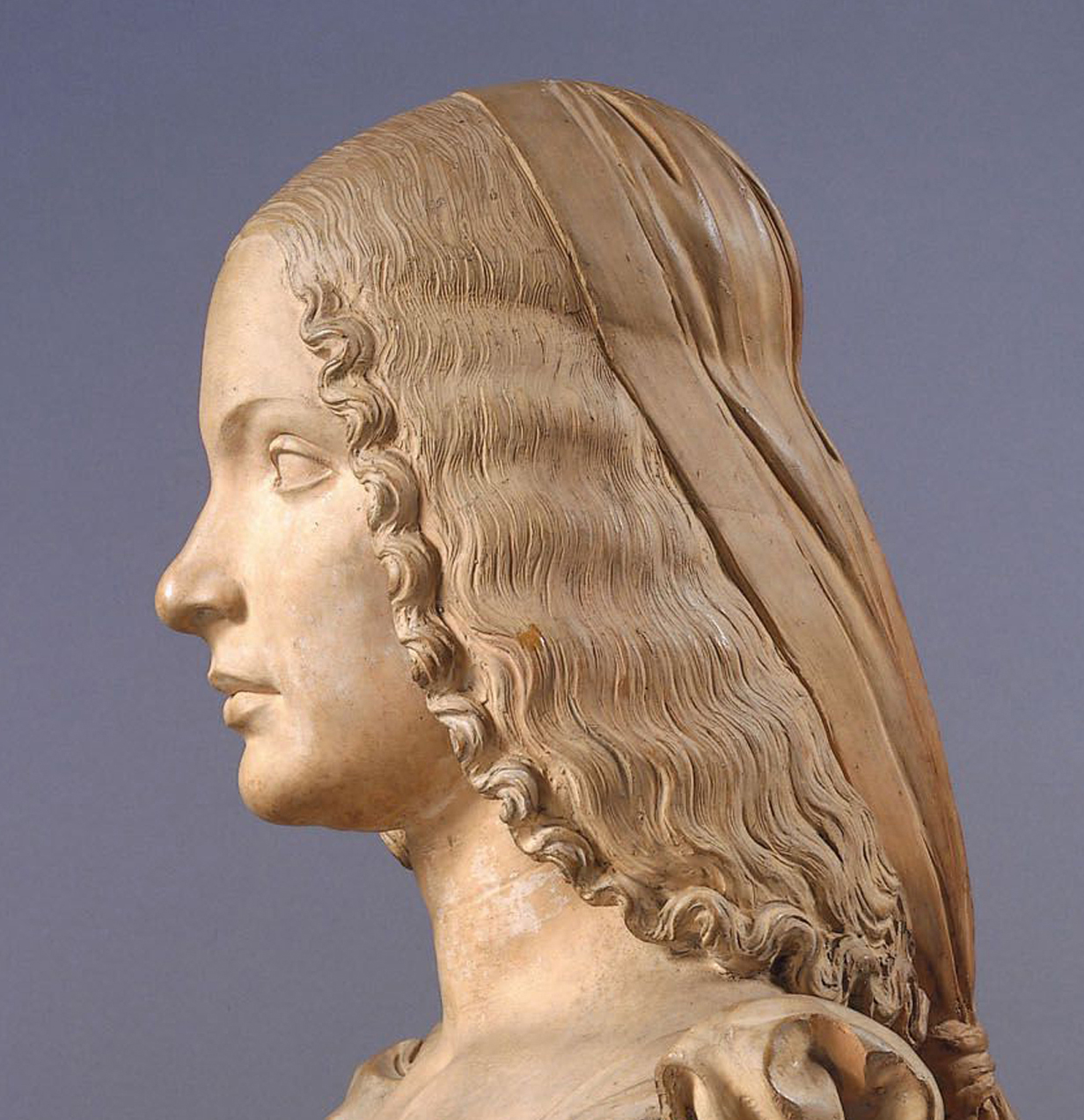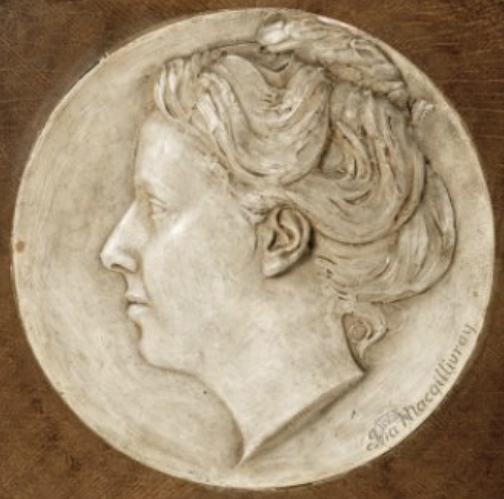CHAPTER 2 | SIDE VIEW 2
The head from the side no longer has the shape of an egg. This is due to the shape of the skull. From the side it becomes clear that our head is much larger than just our face. The part I have grayed out contains our brain.

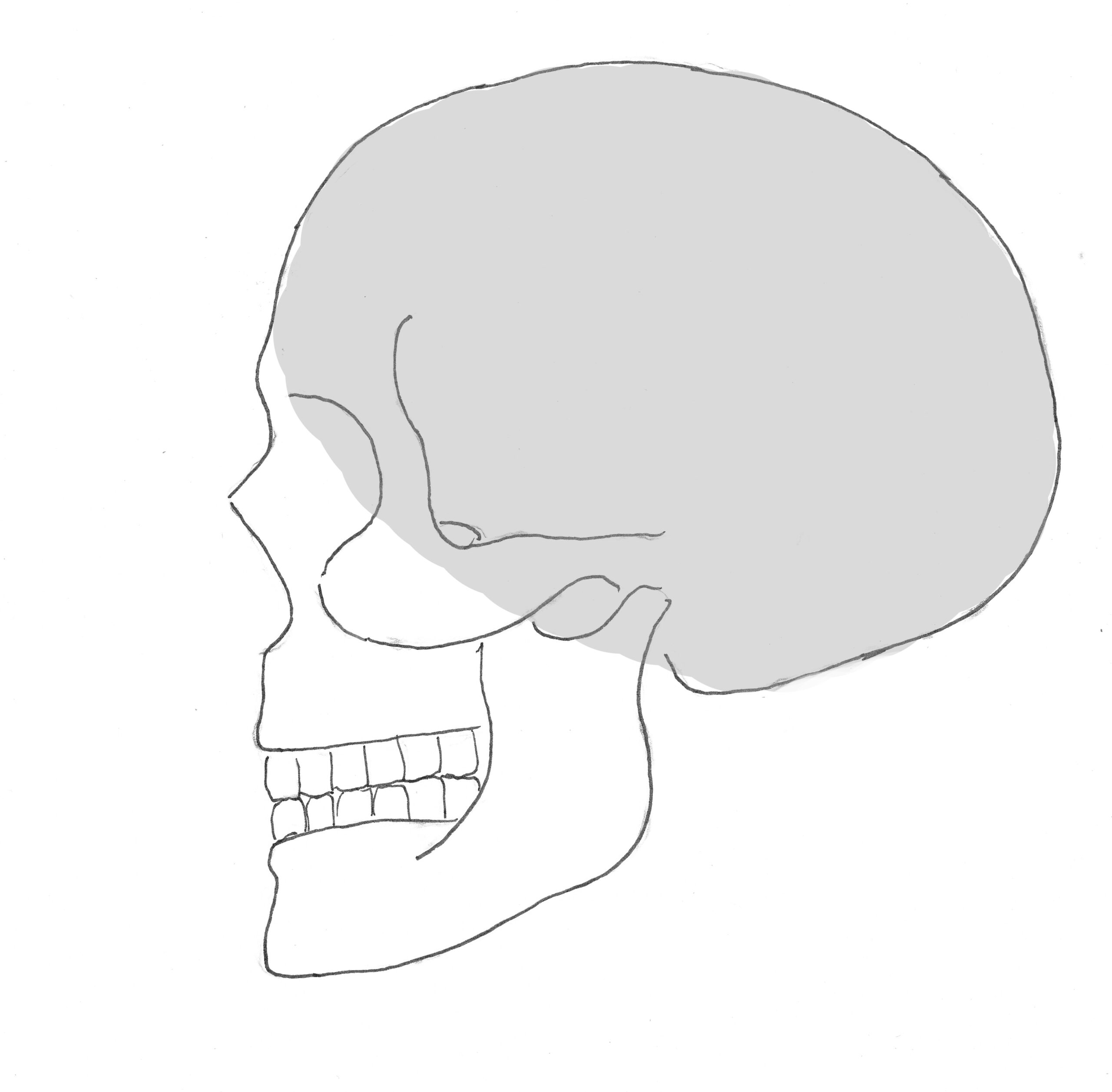
Exercise 1: Draw two skulls looking at each other. Maybe add text. If you like, have them say something to each other in speech bubbles.
In the next three drawings from left to right you can see how the head and face are constructed around the skull.
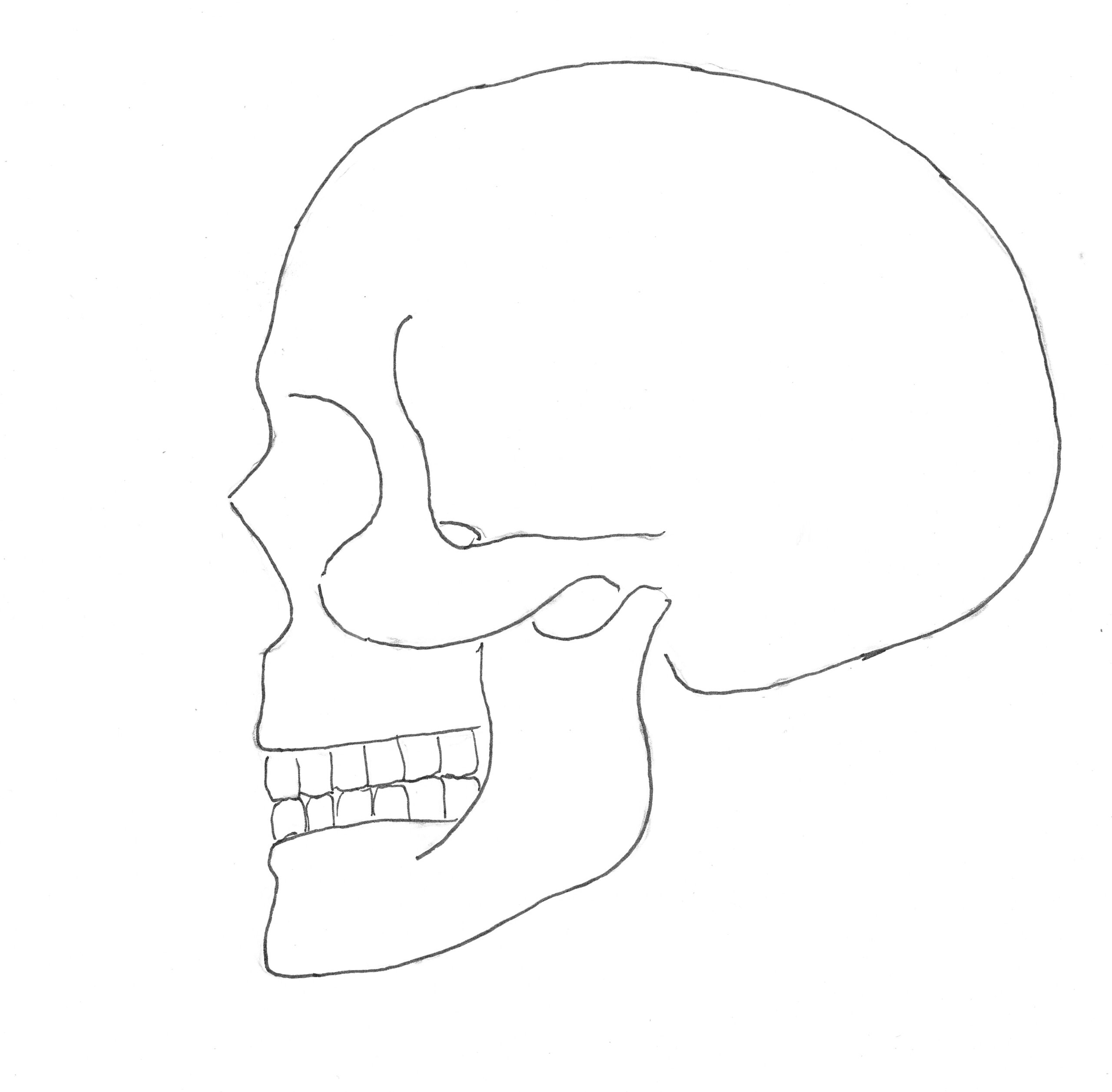
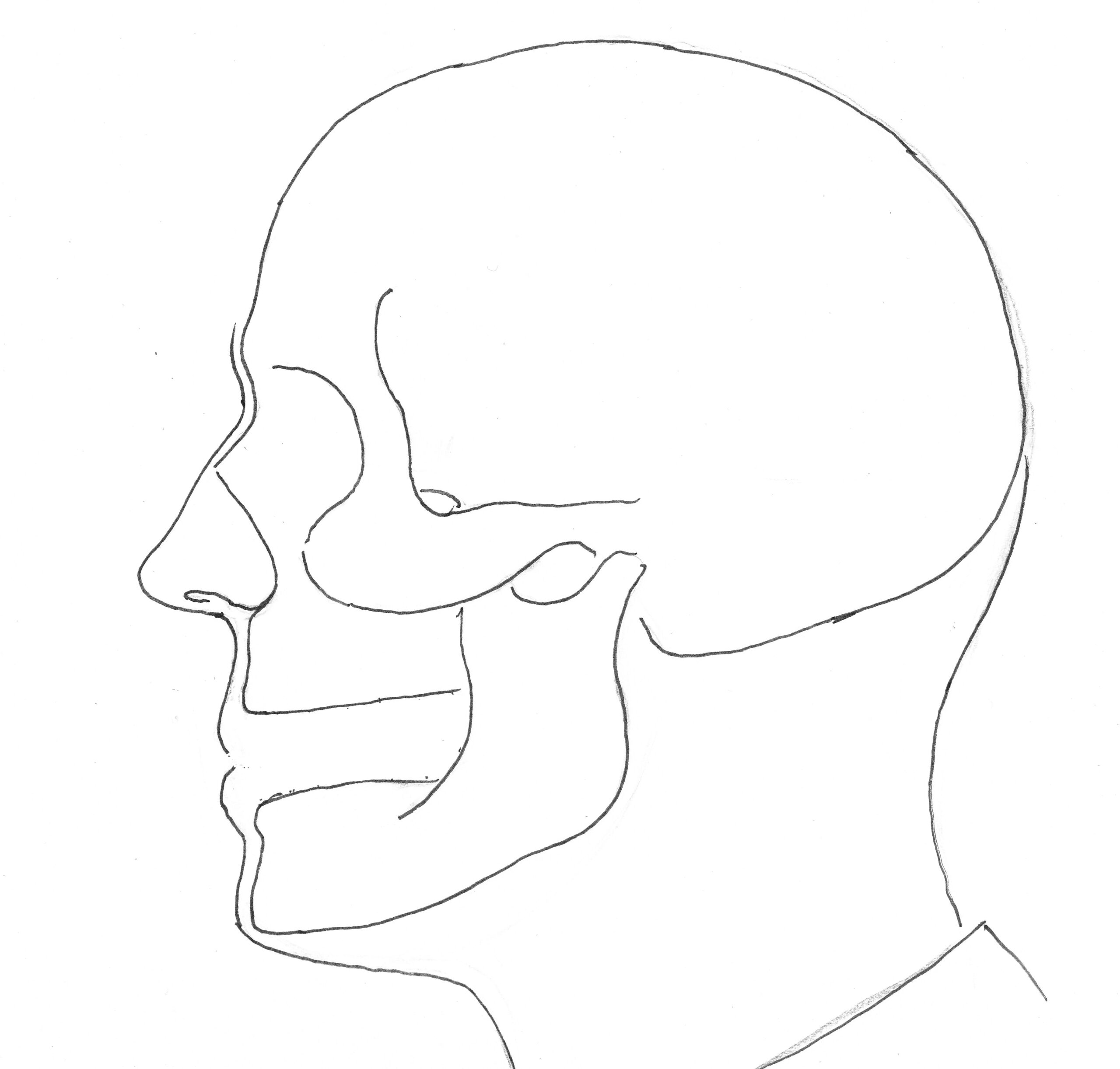
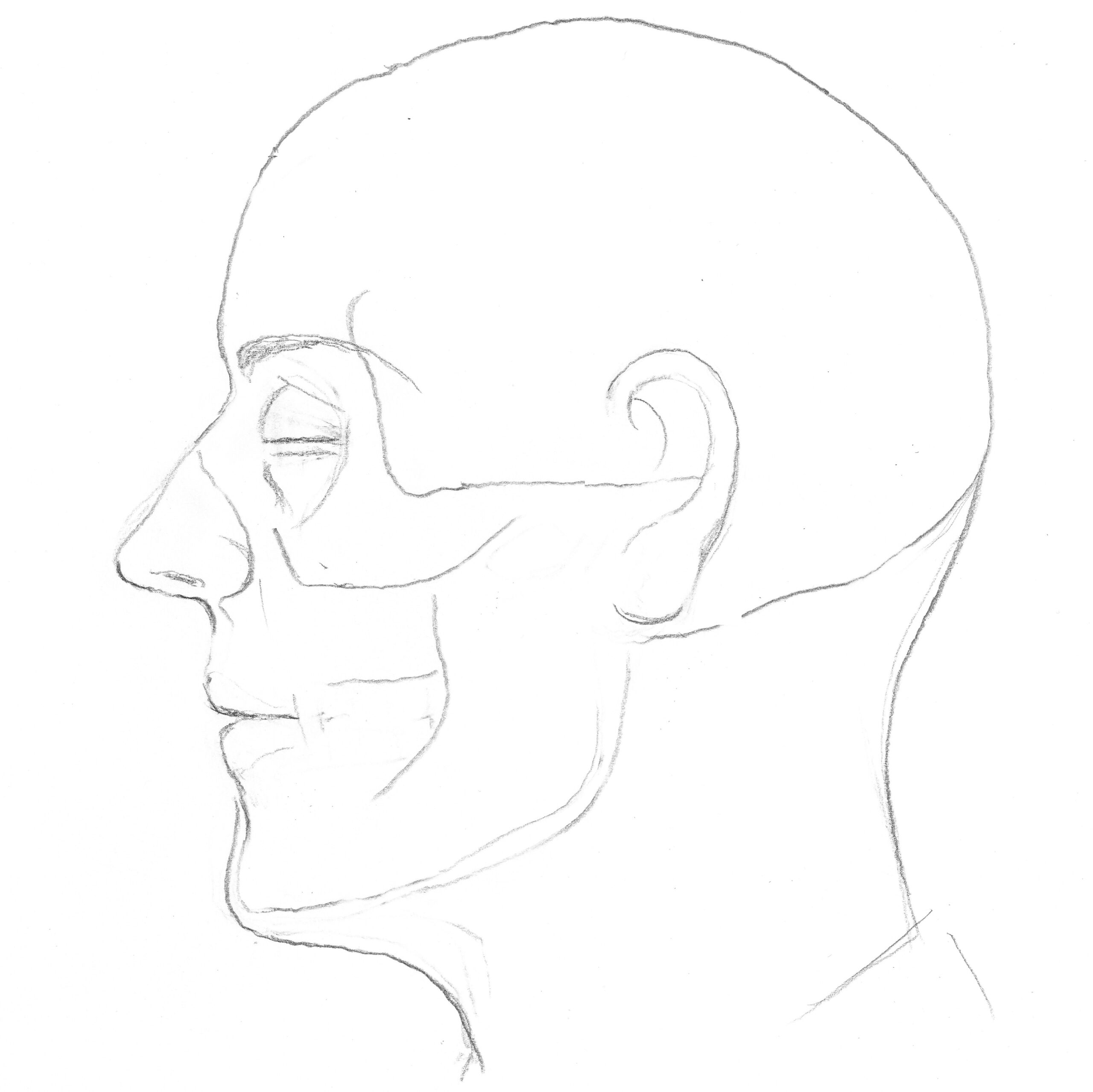
Exercise 2: Draw the basic shape of the skull with the neck as below. About halfway are the eyes. This basic shape is more difficult than the egg from the front but you really don’t have to make it very precise. It’s mainly meant to keep in mind when drawing somebody from the side.
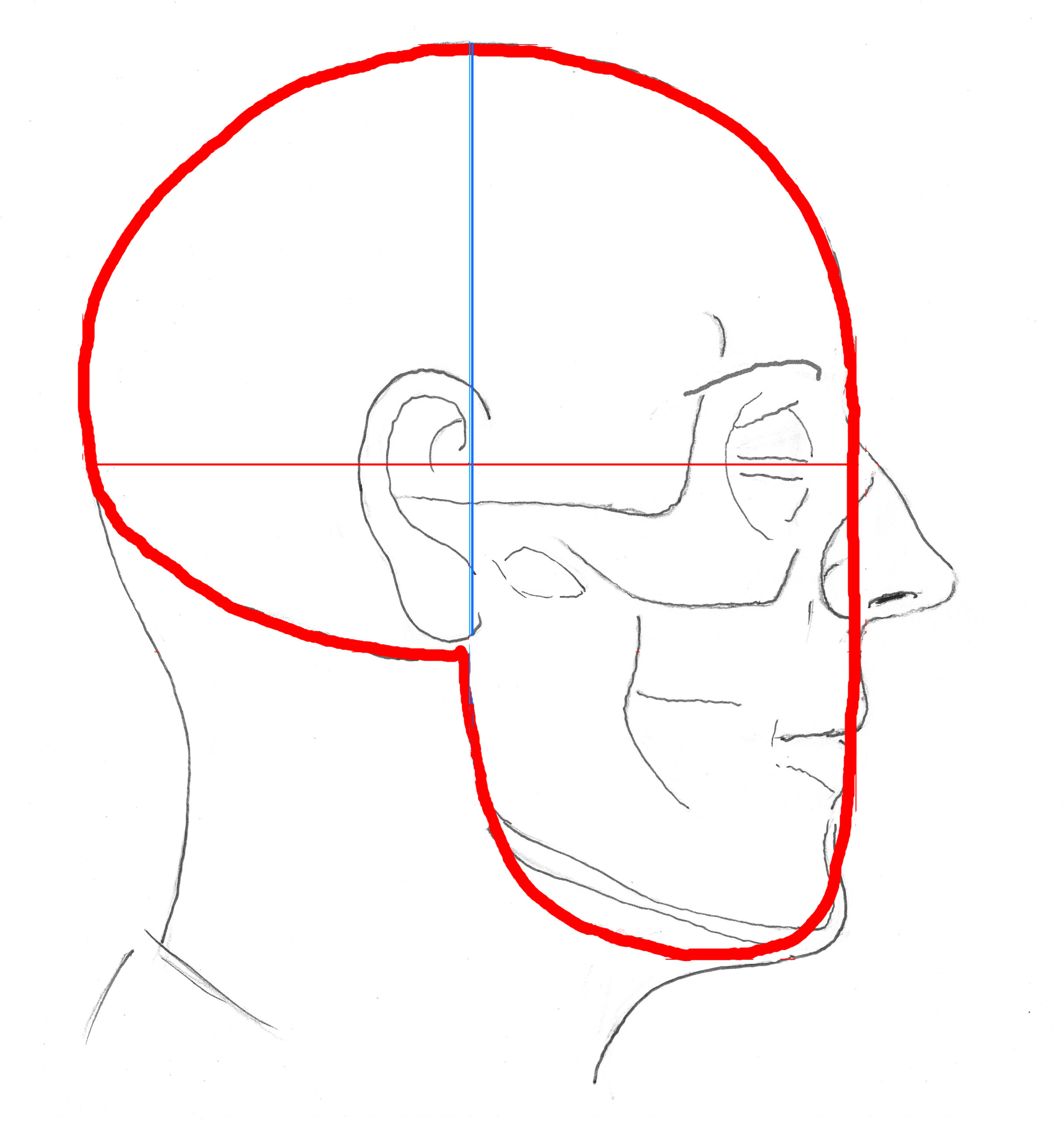

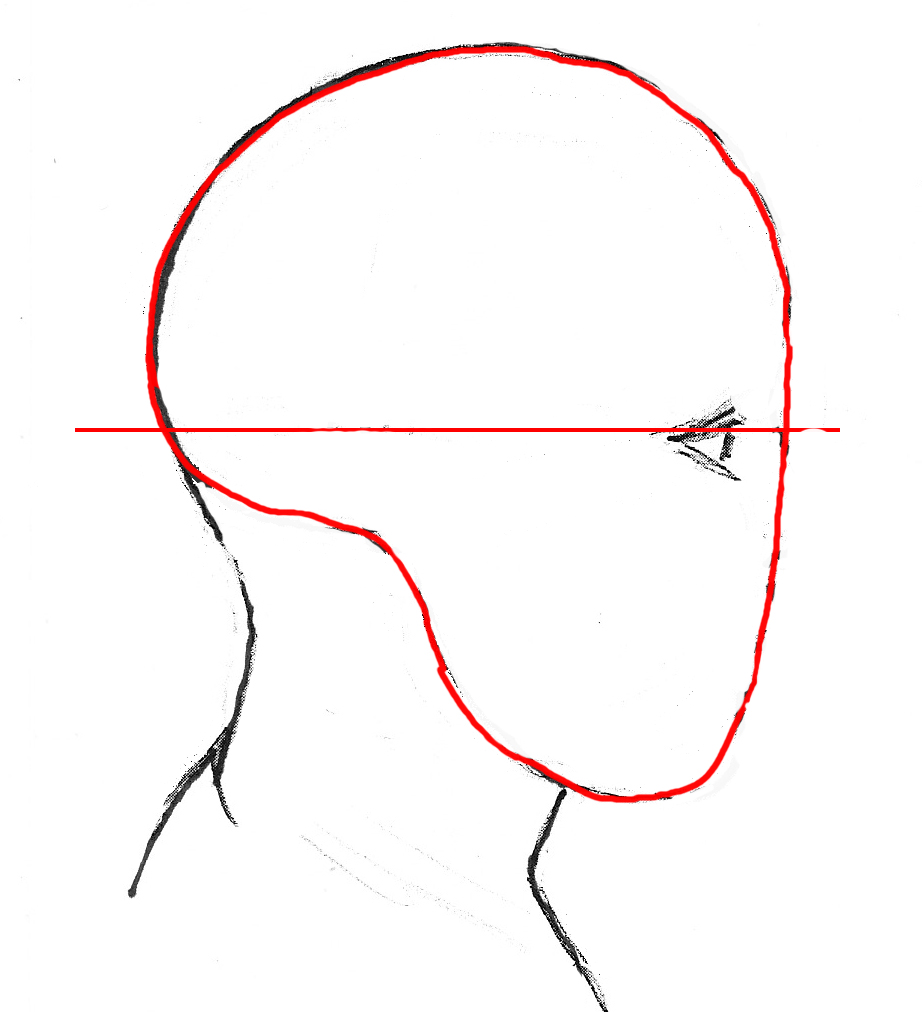

In the following two examples, the profiles of faces have been added: note especially the hollow between the forehead and nose and the hollow under the lower lip. The ears are slightly behind the middle of the head. Seen from the side, the neck is tilted slightly backwards. A gray tint (right) makes it clear where the brains are located – in a kind of slanted oval..
Exercise 3: Draw the two profiles looking at each other. If you like, have them say something to each other in speech bubbles.

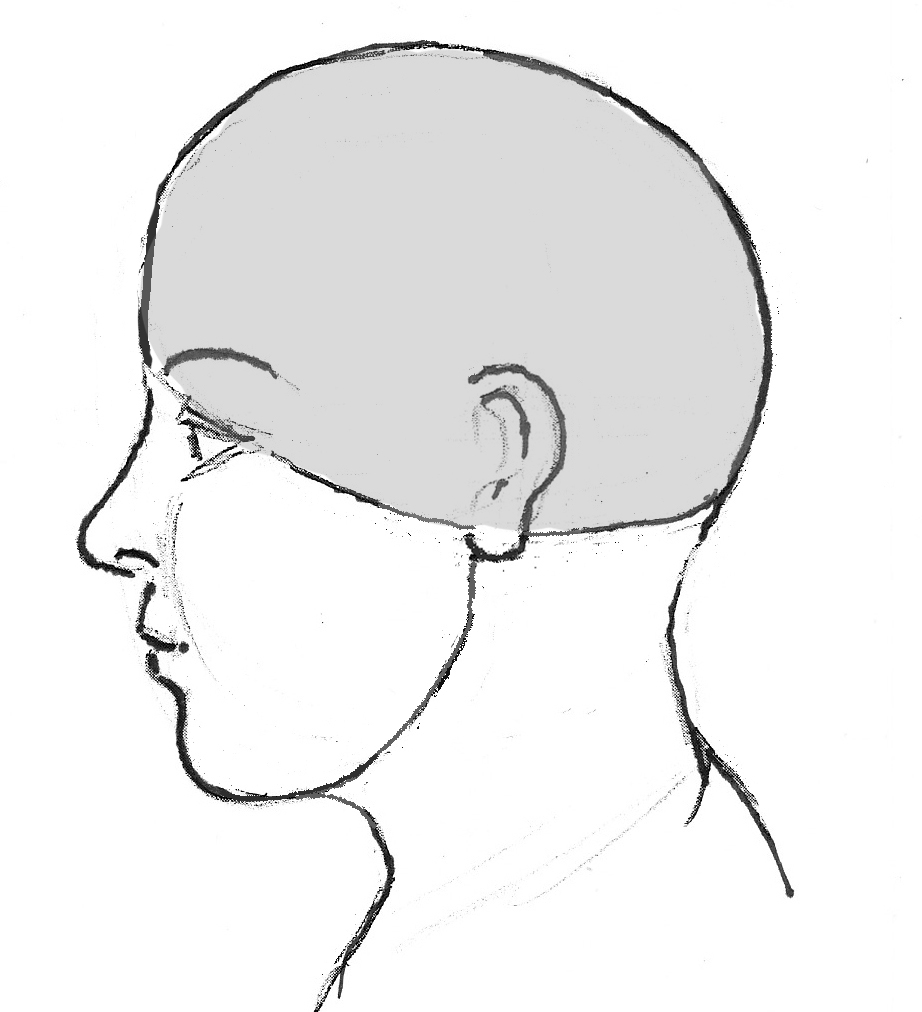
When drawing side views of real people, light assisting lines can be very helpful, as I did in the drawing on the right of a young African man. For example, the line from his forehead to mouth is diagonal, and almost vertical in the drawing on the left. This prevents you from making a false start.

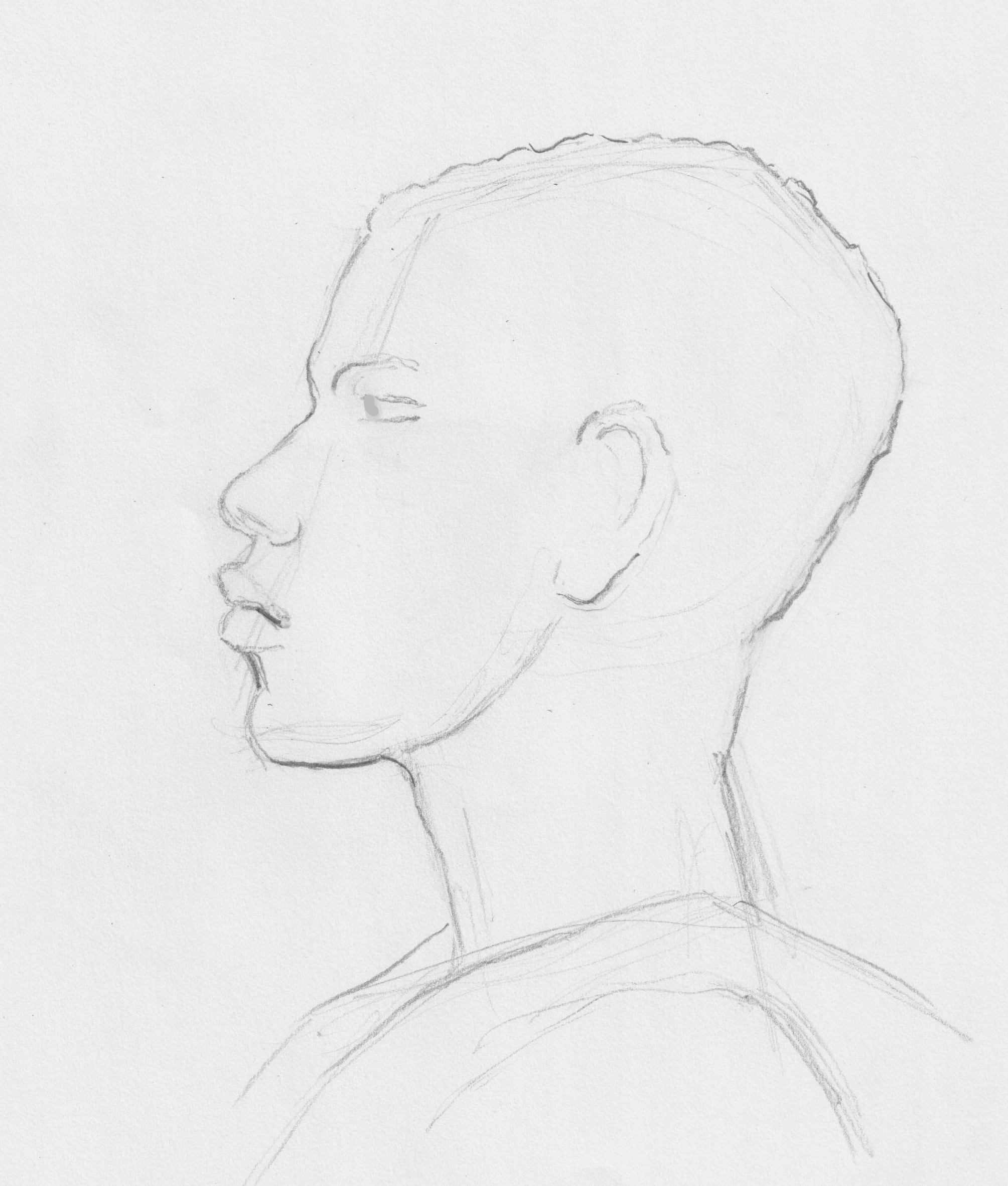
Leonardo da Vinci (1452-1519) 500 years ago regularly went to the market to observe and draw all kinds of people out of curiosity. He preferably chose heads that weren’t very pretty, but surely very special. Both old men had almost or no teeth left at all (unfortunately there were no good dentists in those days) so their profile has changed a lot. Once you start drawing real people yourself, you’ll undoubtedly discover all sorts of differences.

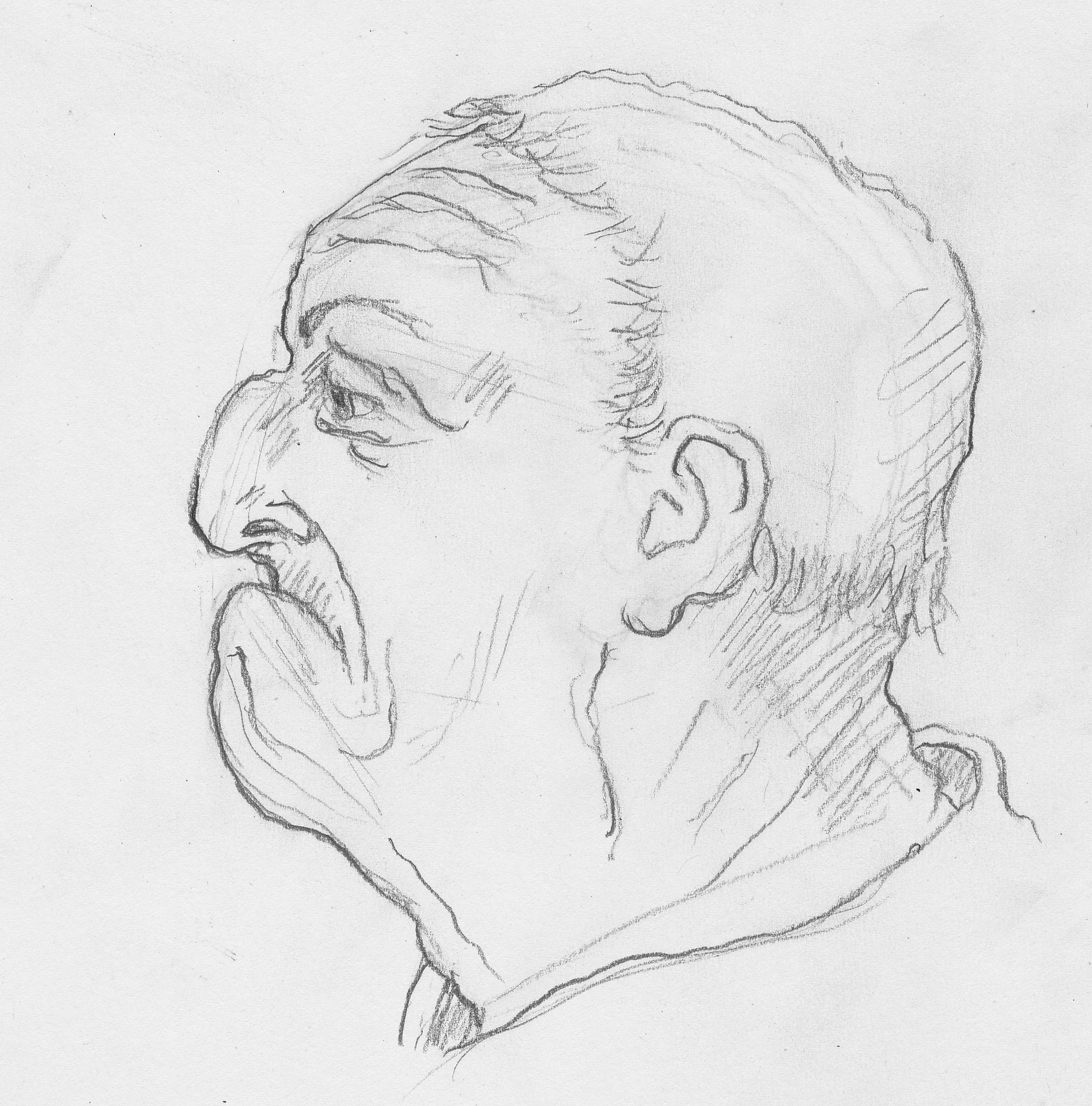
Two old men (redrawn versions)
Want to try drawing a complete side view of someone’s head and see how far you get? I’ll show you how I approach it myself. I’ve chosen a sculpted profile of a Scottish writer with the amusing name of Mrs. Oliphant.

I started with the general outline (left) and then gradually refined the drawing. As long as you draw lightly and patiently, you can make improvements along the way. For example, after the first outline, I had to make the nose a bit sharper.
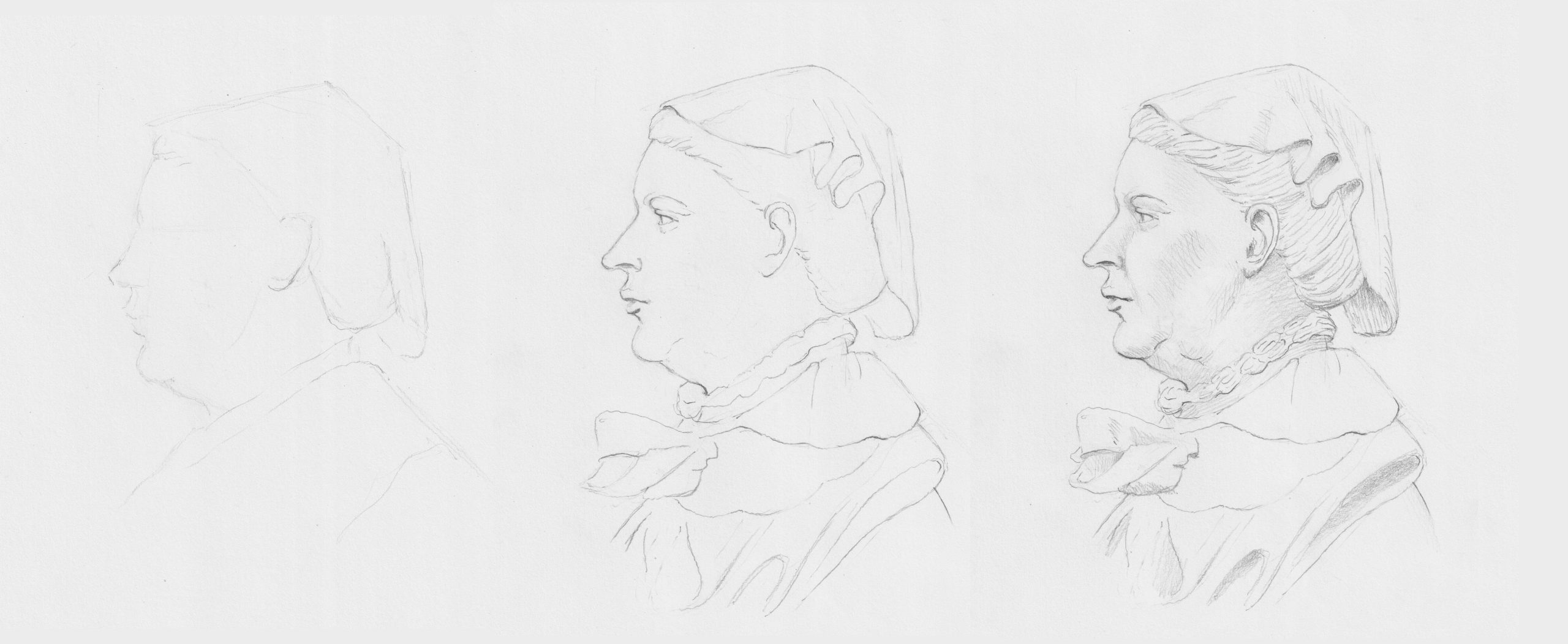
EXTRA: Try copying one of the following side views in the same way. I deliberately chose single-color side views so you can focus entirely on the form. You can download and print any image to work with. Of course, you can also apply this exercise to side views of your own choosing.

